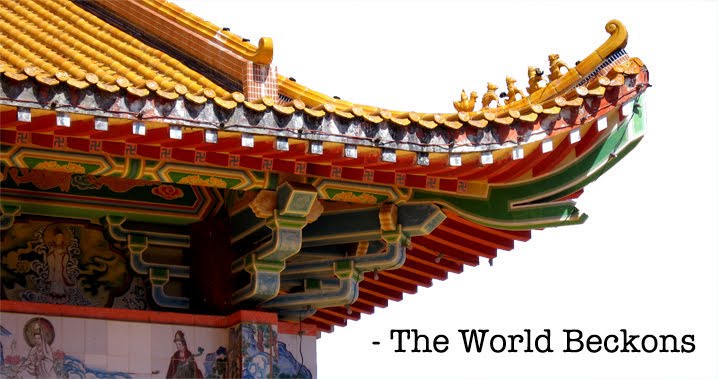 |
| Hungry, hungry hippos, looking for the marble. |
Our captain had backed into the area for this very reason.
With a quick crank of the throttle, the nose of our boat lifted from the water and pulled free of the reeds, which it spat into the air like confetti.
Nearby, three families of hippopotamus lay submerged, their eyebrows shrugging and nostrils flaring as they loudly sprayed water in disgust. Fish eagles swooped by with curved swords extended, plucking fish from the lake with a cry as piercing as their talons, before climbing back into the trees.
I was touring the lake with Western’s Ecosystem Health – Africa Initiative, where we conducted interviews to better understand the relationship between the growing community, the billion-dollar flower industry and the health of both individuals and the ecosystem.
Up one hill lays a sprawling, unplanned village without a sanitation program. Its refuse ends up in the lake. The entire slum works for one specific rose grower in the region and, in direct contrast, the owner lives in a white, castle-like home a farther up the lake. These manufactured communities provide their own schooling, healthcare, housing and daycare for employees.
The industry is big business, employing a quarter of the 450,000 residents around the lake, many of whom came to the area during the 1990s when the population was only 20,000. The environmental impact of both human migration and from the flower businesses has been tremendous on Lake Naivasha.
As one local described it: “The flower companies are the mother of Naivasha – a cruel mother.”

No comments:
Post a Comment